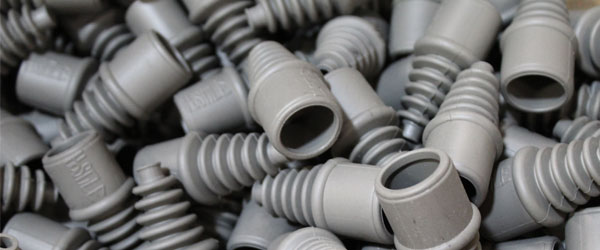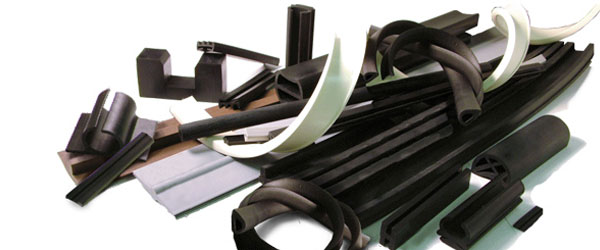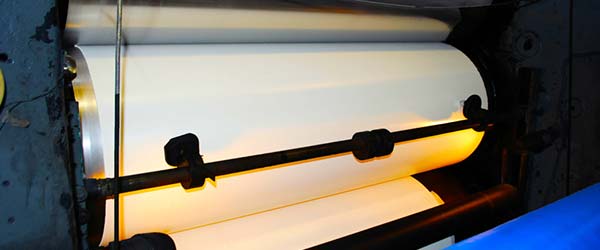Material Science
Sulfur and ph of carbon black in rubber compounds
Sulfur level and pH are important factors in the production of rubber compounds that contain carbon black. Carbon black is commonly used as a reinforcing filler in rubber compounds to improve their strength, stiffness, and abrasion resistance. Here’s how sulfur level and pH affect carbon black in rubber compounds: Sulfur level: The level of sulfur … Continued
Silane coupling agents
SI69 is a type of silane coupling agent that is commonly used in rubber compounds to improve their properties. Silica-filled rubber compounds are widely used in tire manufacturing, as they offer improved fuel efficiency, better wet grip, and reduced rolling resistance compared to traditional carbon black-filled compounds. When SI69 is added to a silica-filled rubber … Continued
Decrease Rubber Modulus; not Young’s Modulus
To decrease the modulus of a natural rubber compound, you can consider the following options: Add fillers: Fillers such as carbon black and silica can increase the stiffness and modulus of the rubber compound. Adding fillers with a lower surface area and/or smaller particle size can decrease the modulus. Use a low modulus elastomer: You … Continued
Best Elastomer for Abrasion Resistance
The best abrasion resistant elastomer depends on the specific application and the conditions under which it will be used. Here are some commonly used abrasion-resistant elastomers and their properties: Nitrile rubber (NBR): NBR is a synthetic rubber that is commonly used in industrial applications due to its high resistance to abrasion, oil, and chemicals. It … Continued
Butyl Rubber – air/gas impermeable, weathering and ozone resistant elastomer
Butyl rubber, also known as isobutylene-isoprene (IIR) rubber, is a synthetic rubber that is produced by copolymerizing isobutylene with a small amount of isoprene. It was first developed by the chemist William Sparks in the 1930s and is commonly used in a variety of applications due to its unique properties. One of the most notable … Continued
Molecular Slippage and Carbon Black Reinforcement
Molecular slippage is a phenomenon that occurs when a molecule moves through a narrow channel or pore. It was first described by Dr. Ross E. Dannenberg, a researcher at the National Institutes of Health (NIH), in the early 1980s. According to Dannenberg, when a molecule moves through a narrow channel or pore, it can sometimes … Continued
Sound Dampening Properties of Rubber
Rubber is a popular material for sound dampening due to its unique properties. The sound dampening properties of rubber are primarily due to its ability to absorb vibrations and convert them into heat energy. When sound waves hit rubber, the rubber absorbs some of the energy from the wave and converts it into heat, which … Continued
 (909) 987-1774
(909) 987-1774 Email Us
Email Us







